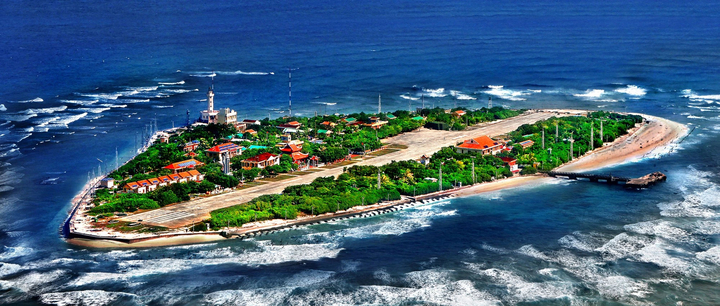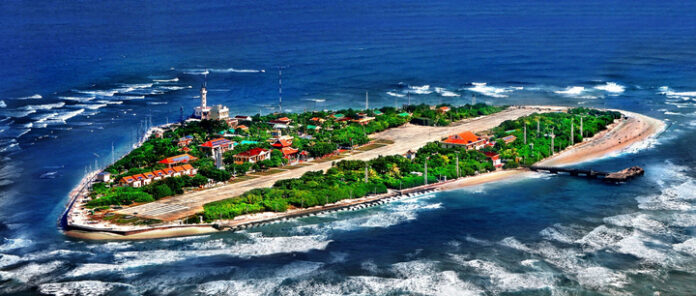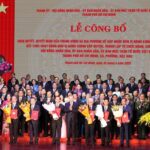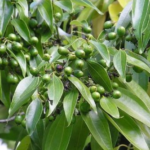The resolution on the arrangement of administrative units in Khanh Hoa province has resulted in 65 communal-level administrative units, including 48 communes and 16 wards, in addition to the special district of Truong Sa.
Truong Sa, a special district located in Vietnam’s offshore waters, holds tremendous geo-strategic importance. Despite its harsh natural conditions, Truong Sa has been gradually developed to become a solid outpost in the distant sea.

Truong Sa Lon Island in the Truong Sa Archipelago (Photo: Le Van Hung)
Being the farthest special district from the mainland, Truong Sa is situated in the middle of the East Sea. It borders the Hoang Sa special district to the north, the Philippines Sea to the east, and the seas of Malaysia, Brunei, and Indonesia to the south.
Since the early 17th century, the Nguyen Lords organized the “Hoang Sa team,” comprising residents from An Vinh village (in today’s Binh Son district, Quang Ngai province), to travel to Hoang Sa special district annually for six to eight months. They collected valuable drift goods, harvested rare seafood, drew maps, established sea routes, planted trees, and erected markers to assert sovereignty.
In the 19th century, the Nguyen Dynasty continued this tradition by establishing the “Bac Hai team” (consisting of residents from Tu Chinh village and Canh Duong village in Binh Thuan province) with an expanded scope of operations covering both Hoang Sa and Truong Sa. This further reinforced Vietnam’s assertion of national sovereignty. This historical evidence demonstrates Vietnam’s centuries-old establishment and peaceful, continuous exercise of sovereignty over the Hoang Sa and Truong Sa special districts, even when these archipelagos were still considered terra nullius, and without opposition from any other nation.
After numerous historical adjustments to administrative units, in April 2007, Truong Sa officially became a district under Khanh Hoa province, consisting of Truong Sa town and two communes: Song Tu Tay and Sinh Ton.
“A Historic Step with Strategic Significance: Reorganizing the Landscape”
“The decision to ‘reorganize the landscape’ is a historic and strategic move, marking a new phase in the journey towards a more efficient and effective state administrative apparatus. These reforms are aimed at creating a modern, streamlined, and responsive system of governance that is closer and more accountable to the people. By undertaking these changes, we are taking a significant step forward in our quest to build a more just and equitable society, where the interests and well-being of the people are at the heart of everything we do.”
The New Provincial and Municipal Party Secretaries: A Comprehensive List
“Unveiling the Newly Appointed Provincial and Municipal Party Committee Secretaries: A Comprehensive List of Vietnam’s Post-Merger Leadership.”





















